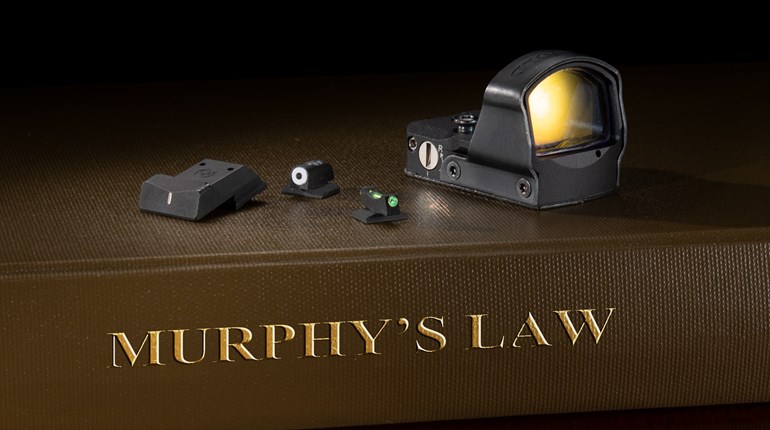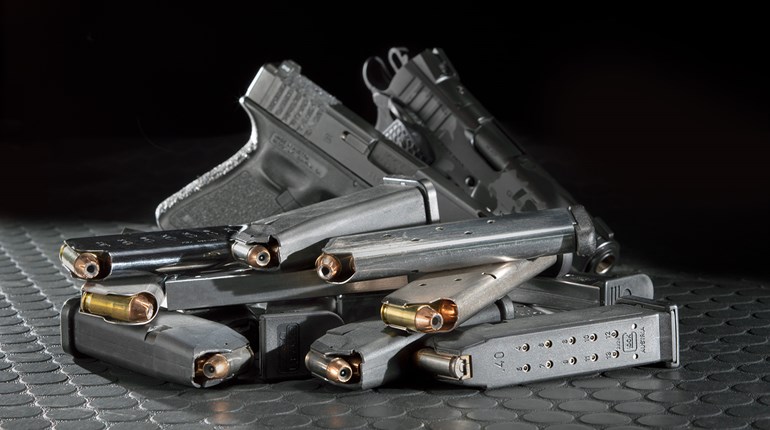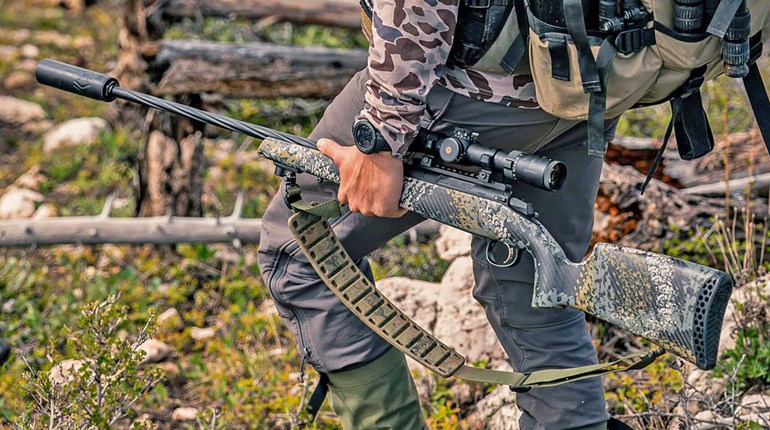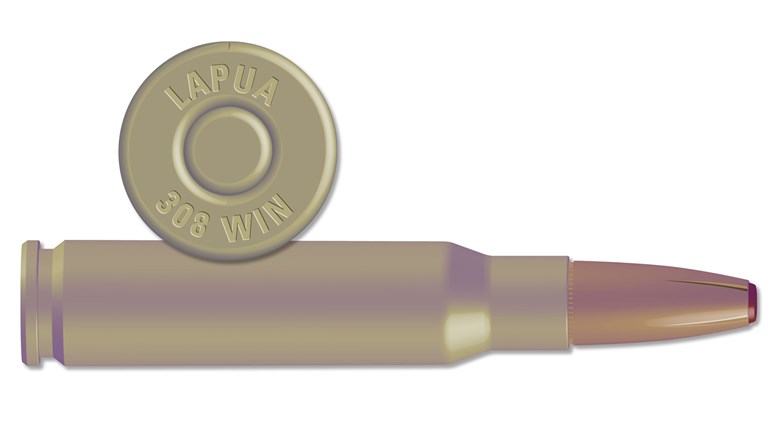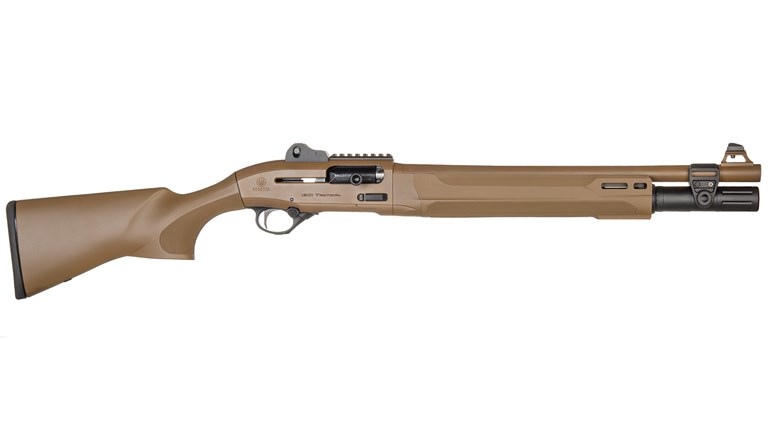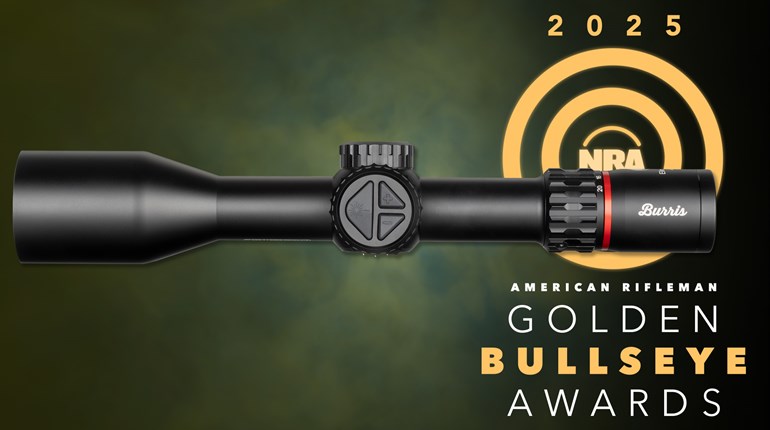
One of the frequent thought experiments bandied about whenever firearm enthusiasts are chatting is the “What if you could only have one …” question. Here in America, we have the bulwark of the Second Amendment; you can own as many guns as you’d like (or can afford, at least), and so it’s usually an abstract question presented along the lines of “If you could only have one rifle …” or “If you could only have one handgun …”
What is “just right” in a defensive handgun changes as technology and tactics evolve. The medium-frame revolver and the Lightweight Commander both had their mo-ments, while the mini-9 is the current “Goldilocks gun.”
This being the “Handguns” column, we can chew the latter of those two questions over a bit and see what we come up with. Actually, we don’t need to do a whole bunch of chewing, because this is a question that gets asked of firearm manufacturers frequently. See, law enforcement agencies often ask for a handgun that’s essentially as capable as a duty-size handgun, but capable of being concealed—or at least carried comfortably and unobtrusively—by plainclothes officers, such as detectives.
If we go back to the glory days of the revolver as the premier service sidearm of law enforcement in the U.S., the typical duty piece was a medium-frame six-shooter chambered in .38 Spl. or .357 Mag., with hand-filling, square-butt-profile stocks and a 4- to 6-inch barrel length. Sure, some departments out West and various highway-patrol organizations issued large-frame wheelguns, and in the early 20th century, smaller-frame .32s weren’t uncommon in urban departments back East. (In fact, Colt even called the .32 S&W Long cartridge the “.32 Colt New Police” in order to avoid having to rollmark its revolvers with the name of the manufacturer’s archrivals across the state line in Springfield, MA.)
Nonetheless, the 4- to 6-inch, medium-frame six shooter was synonymous with “cop gun” for most of a century, but that’s a lot of gun to stick under a sport coat or windbreaker. The solution was to shorten the barrel to 3 inches, which preserved a useful amount of sight radius and ejector-rod length, but didn’t stick its snout under a jacket hem, and give the frame a round-butt profile to cut down on telltale printing through cover garments.
Probably the ne plus ultra of this genre was the 3-inch round-butt Smith & Wesson Model 13 in .357 Mag., the last revolver to be standard issue to FBI agents. Not only does it share ammo and speedloaders with duty-size K-frames, but it also conceals easily in a high-ride pancake holster outside the waistband and, thanks to the round-butt silhouette, virtually disappears with a good IWB like the Bianchi #3S Pistol Pocket.
Shortly after World War II, Colt made hay from an abortive military-sidearm project by selling the result as the Colt Commander. Essentially the classic M1911A1, known in its commercial variant as the Colt Government Model, but with three-quarters of an inch lopped off the slide and barrel and an aluminum-alloy frame rather than steel, it was lighter and more compact and became a hit with both law enforcement and private citizens who preferred a semi-automatic back in those revolver-centric times.
However, it was another 30 or so years before the genre-defining “Goldilocks” semi-auto debuted: Big enough to fight with and small enough to conceal without too much trouble.
The Miami police department was Glock’s first big flagship law enforcement contract in the U.S., but it found the standard Glock G17, which was the only Glock model in Smyrna’s catalog at the time, to be a bit large for plainclothes and undercover carry.
Glock basically went the same route that Colt had with the Commander and shortened the slide and barrel of the G17, then went one better and chopped some length off the grip as well. In fact, the very earliest of these pistols, called the Glock G19, literally had shortened Gen1 G17 frames. There are only a handful of these Gen1 G19s left in the wild, and they bring crazy prices when they occasionally change hands.
The resulting compact G19 is one of the most iconic offerings of the last 40 years. With a 4-inch barrel, the smaller gun still offered good velocities and useful sight radius, and it shot reasonably flat provided good technique was used. The Glock G19 could use its own 15-round magazines as well as the 17-rounders from the original duty-size Glock, and it wasn’t terribly difficult to conceal given an accommodating wardrobe.
Their usefulness as an actual fighting pistol is proved by the G19 being probably the most common handgun used by the parts of the military most likely to put a sidearm into use: There’s hardly a unit in SOCOM or JSOC that didn’t spend at least part of the last two decades rocking the G19.
However, it was another 30 or so years before the genre-defining “Goldilocks” semi-auto debuted: Big enough to fight with and small enough to conceal without too much trouble.
To this day, the standard answer from a lot of people in this industry when asked the “What handgun should I buy” question by a total novice is “Unless there’s some compelling reason you can articulate as to why a Glock G19 wouldn’t work for you, then that’s what you should start with.” There is one compelling reason, though, to which some pros don’t want to admit: width.
The double-stack nature of the G19 and its origins as a cut-down duty pistol made for a chonky boy of a handgun. While an extra quarter-inch or so of width in the frame and slide may not make a ton of difference in comfortable carry and ease of concealability, still, it does make some difference.
Where it makes a really big difference is in usability for shooters with smaller hands. Getting a proper grip on a Glock G19 while getting adequate finger placement on the trigger can be a chore—if not impossible—for people who buy their gloves on the smaller side of size “M.” There’s a reason that a cottage industry has sprung up with companies like Boresight Solutions offering grip reductions on the Glock.
This is where the next generation of “Goldilocks” pistols comes in. The original staggered-magazine “tiny nines” like the SIG Sauer P365 and Springfield Armory Hellcat were just itching to get slightly extended versions so they could fill this niche.
Walking around the Indiana State Fair this summer, I couldn’t help but notice a certain number of state police troopers in polo shirts were opting for a P365XL if they didn’t have to carry the full-duty Bat Belt. It seems like the Hellcat Pro and Glock G48 would do this sort of job just as well. Looking around at various training classes would seem to bear this out, as more and more folks are showing up with these “stretched” micro compacts rather than the just chopped-down duty guns. These guns represent the latest trend, not the last.
Yup. Bears beware. It looks like there’s a new Goldilocks in town.










